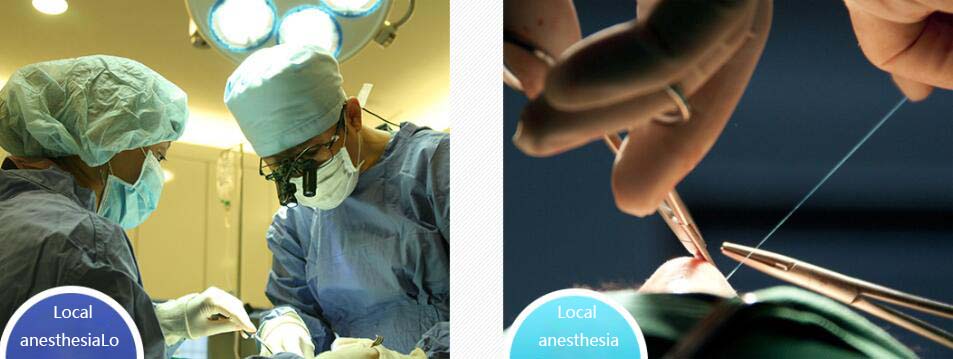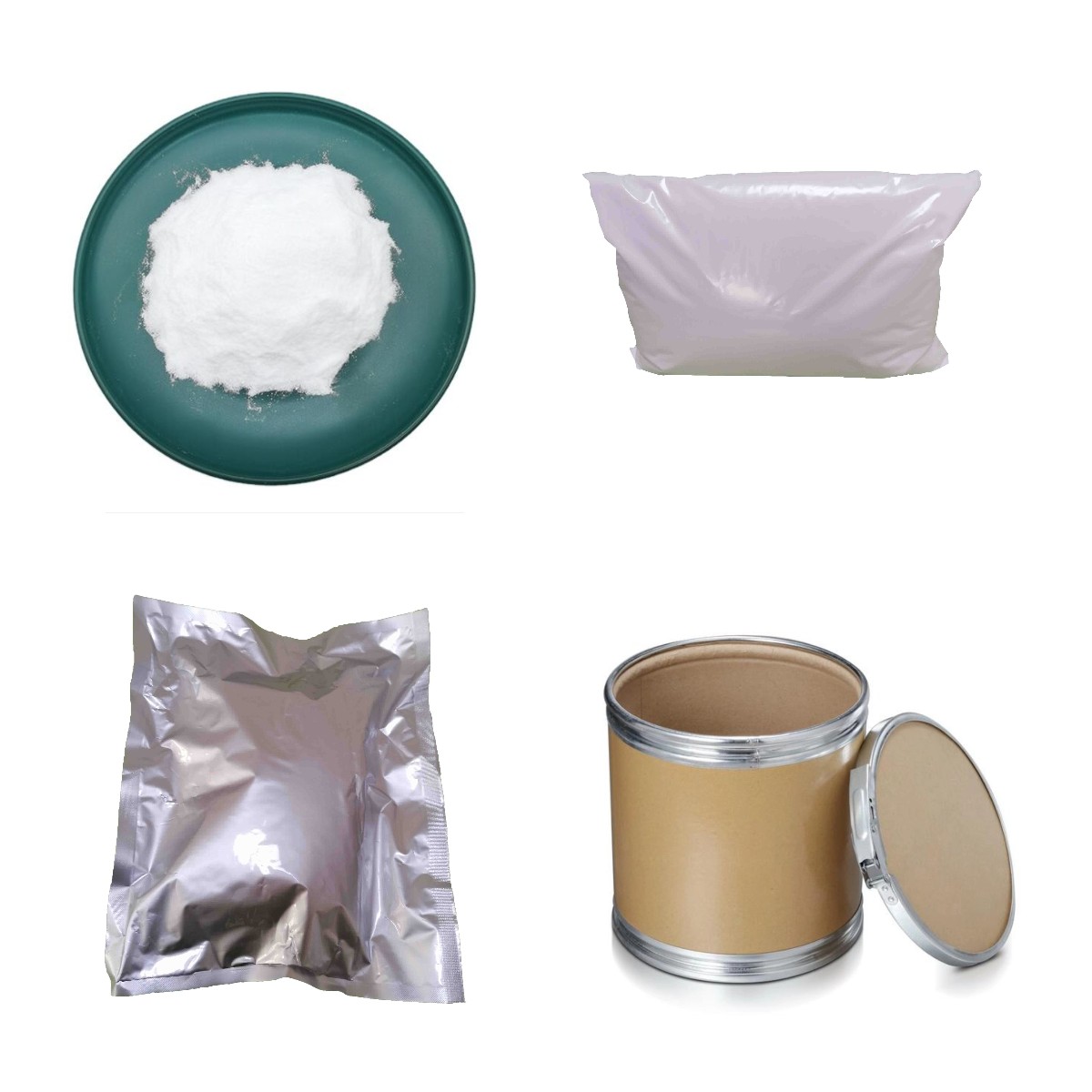Lidocaine hydrochloride-Local anesthesia
2021-12-03
Comments:Lidocaine hydrochloride was synthesized in 1943, and in 1948 became the first amide local anesthetic to be marketed in dental cartridges. Its entry into clinical practice transformed dentistry; it replaced procaine (Novocain) as the drug of choice for pain control.
Compared with procaine, lidocaine possesses a significantly more rapid onset of action (3 to 5 minutes vs. 6 to 10 minutes), produces more profound anesthesia, has a longer duration of action, and has greater potency.

Allergy to amide local anesthetics is virtually nonexistent, and true, documented, and reproducible allergic reactions are extremely rare.19-24 This is a major clinical advantage of lidocaine (and all amides) over ester-type local anesthetics. Within only a few years of its introduction, lidocaine had replaced procaine as the most widely used local anesthetic in both medicine and dentistry—a position it maintains today in most countries. Lidocaine represents the gold standard, the drug against which all new local anesthetics are compared.
In North America, lidocaine hydrochloride is available two formulations: 2% with epinephrine 1:50,000, and 2% with epinephrine 1:100,000 (Fig. 4.2). Lidocaine 2% with epinephrine 1:80,000 is available in the United Kingdom,Australia, and New Zealand. A 2% lidocaine with epinephrine 1:300,000 formulation is available in some countries (although not in North America as of February 2019); 2% lidocaine without epinephrine (2% “plain”) is no longer available in dental cartridges in North America.
Two Percent Lidocaine Hydrochloride Without a Vasoconstrictor (Lidocaine Plain)
Its vasodilating properties severely limit the duration and the depth of pulpal anesthesia (5 to 10 minutes). This vasodilatory effect leads to (1) higher blood levels of lidocaine, with an attendant increase in the risk of adverse reactions, and (2) increased perfusion in the area of drug deposition. Few clinical indications exist for the use of 2% lidocaine without a vasoconstrictor in the typical dental practice. In August 2011, 2% lidocaine without epinephrine (2% “plain”) in dental cartridges was withdrawn from the dental market in North America. It remains available in multidose vials.


 中文版
中文版 English
English

